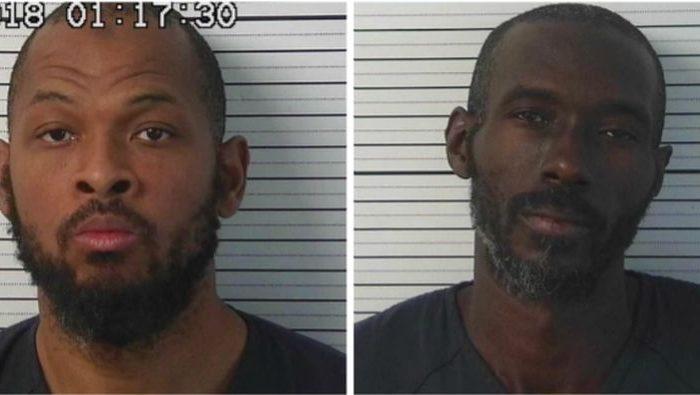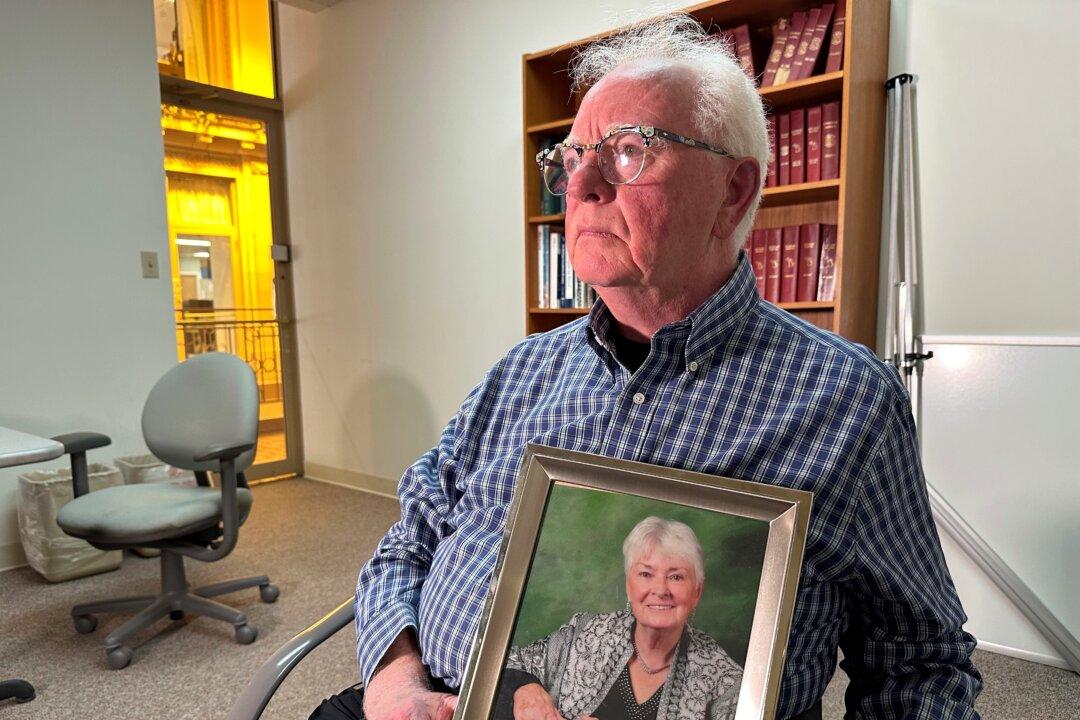NEW YORK—The grandfather of a missing Georgia boy said Thursday the child’s remains were found buried at a desert compound in New Mexico, months after his mother reported that he had disappeared with his father, who had said he wanted to perform an exorcism on the child.
Abdul-ghani Wahhaj’s remains were discovered Monday on what would have been his fourth birthday. He had been reported missing in December from Jonesboro, Georgia, near Atlanta.
The search for the boy led authorities to New Mexico last week, where a child’s remains were found in a ramshackle compound shielded by old tires, wooden pallets and an earthen wall studded with broken glass.
Authorities have yet to publicly identify the body, but the child’s grandfather, Siraj Wahhaj, told reporters he had learned from other family members that the remains were his grandson’s. He said children living at the compound said the boy was buried there after he died.
“Whoever is responsible, then that person should be held accountable,” Wahhaj said.
A Georgia arrest warrant accused the boy’s father, Siraj Ibn Wahhaj, the imam’s son, of kidnapping the child. It said the father at some point had told his wife that he wanted to perform an exorcism on the child. He later said he was taking the child to a park and didn’t return.
The father was among five people arrested on suspicion of child abuse at the compound, where authorities say 11 hungry children were found living in filth. Prosecutors seeking to keep Wahhaj behind bars said in court documents that he had been training children at the compound to carry out school shootings.
The mother of Abdul-ghani says he had severe medical issues, including a defect caused by lack of oxygen and blood flow around the time of birth. She said he cannot walk and requires constant attention.






Friends Read Free